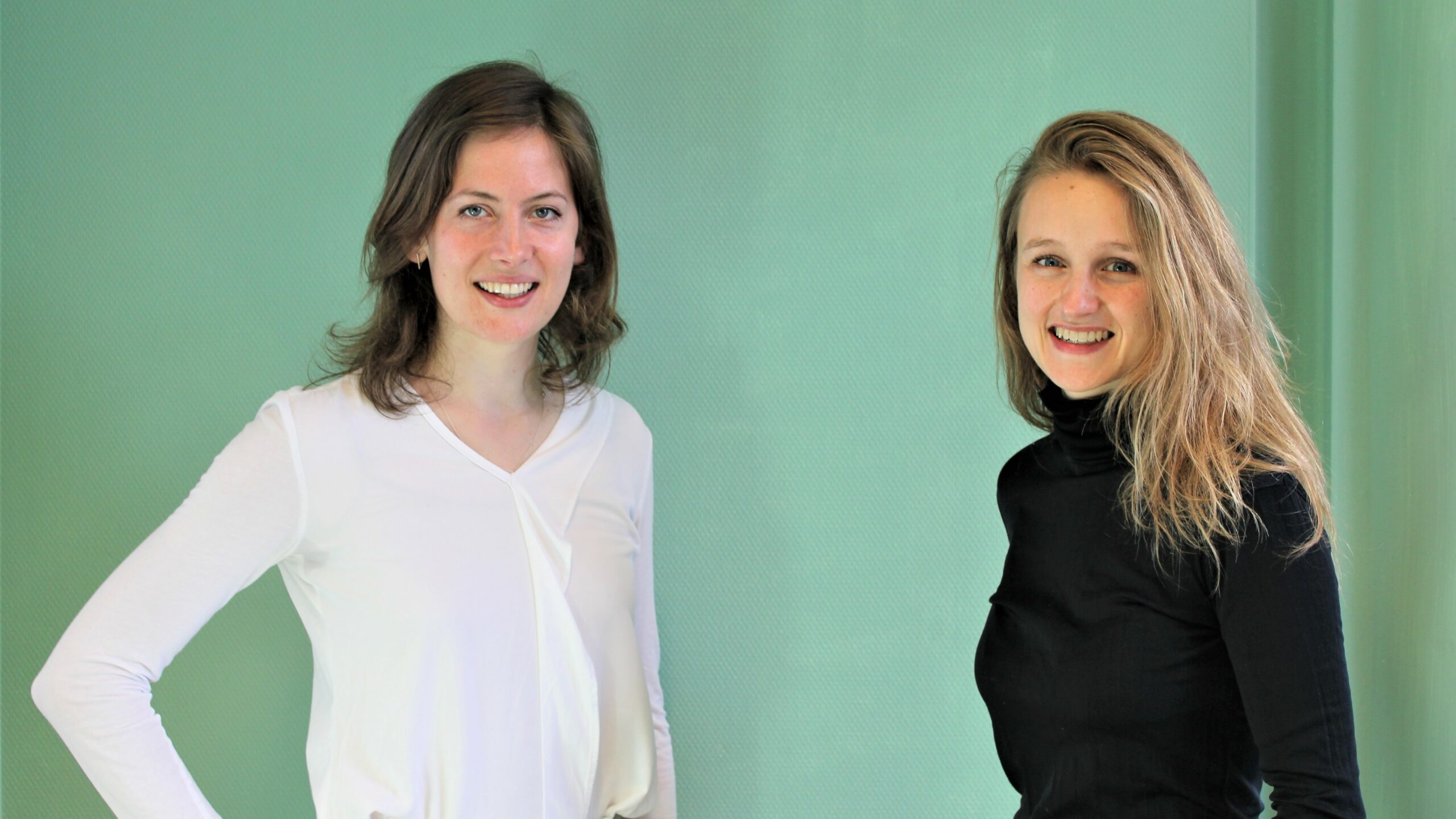
About Thermeleon
- Founders: Liesanne Wieleman, Jildou de Jong
- Founded in: 2020
- Employees: 8
- Money raised: -
- Ultimate goal: Achieving climate-neutral greenhouse horticulture.
In order to achieve the climate targets, the greenhouse horticulture sector will have to innovate in a lot of areas. For example, energy losses in temperature regulation appear to be a persistent problem. The Delft-based Thermeleon aims to tackle this issue. Co-founder Liesanne Wieleman tells me all about it.
How did this idea come about?
“My co-founder, Jildou de Jong, and I both studied at Delft University of Technology. I myself studied Construction Technology, where you learn about the application of different technologies, particularly in residential construction. That may seem far removed from greenhouse horticulture, but in fact, greenhouses are very similar to houses. The ball definitely started rolling when Jildou and I had to draw up a business plan for one of our courses. We had focused on the environmental advantages of heat batteries and had to look for a sector in which they could play an important role. Then we stumbled upon the ambition of the Dutch greenhouse horticulture sector to be climate neutral by 2040.”
“Over the year 2019, the portion of fossil fuels in that sector was still 89.6 percent. Since we always wanted to do something with sustainability in any case, this instantly caught our attention. We finally made it our mission two years ago, with the founding of Thermeleon, to be actively involved in making greenhouse horticulture more sustainable.”
Also interesting: Digitalization in greenhouse horticulture – from vision to action!
Why is your product so sorely needed?
“In greenhouse horticulture, products must be kept at the right temperature day and night. Even if it is freezing outside, a greenhouse must remain warm at all times. At the moment, this temperature control is done almost everywhere by stoking natural gas. And that adds up: approximately 8 percent of the natural gas consumption in the Netherlands is used by the greenhouse horticulture sector. Much of that energy is wasted: a greenhouse generates more heat than it uses. Our thermal battery enables us to store some of that surplus heat, some 5 to 15 percent, so that it can be reused at times when there is a shortage of heat, so to speak. It is estimated that growers will then need to use 10 to 30 percent less natural gas; that is not just beneficial for the environment, but it also saves companies money.”
What makes your product unique?
“At present, the sector is primarily tackling excess energy consumption by insulating greenhouses, for example by installing heat screens. But even in an insulated greenhouse all excess heat eventually dissipates, except at a slower rate. Instead of insulation, we focus on creating an energy buffer; a system in which excess heat is actively stored and can be reused. What’s more, the size of our thermal battery is easy to adapt to the needs of specific growers, so it really does fit into any greenhouse. We therefore like to say that it is ‘grower-made’.”
What does the foreseeable future look like?
“We are currently in a pilot phase with a paying customer, where we have been able to demonstrate how our product works. Now we are planning to enter a demonstration phase, where we will be using the Thermeleon thermal battery on a large scale to be able to show how it works to industry. In five years’ time, we hope to have made a significant impact on making the Dutch greenhouse horticulture sector climate-neutral. That is our first goal. The hope is that in ten years or so we can start looking across the border, because although the Netherlands is a market leader in greenhouse horticulture, more and more greenhouses are also being built in other countries. It would be great if, with our Dutch knowledge and experience under our belt, we could make a contribution there as well.”


